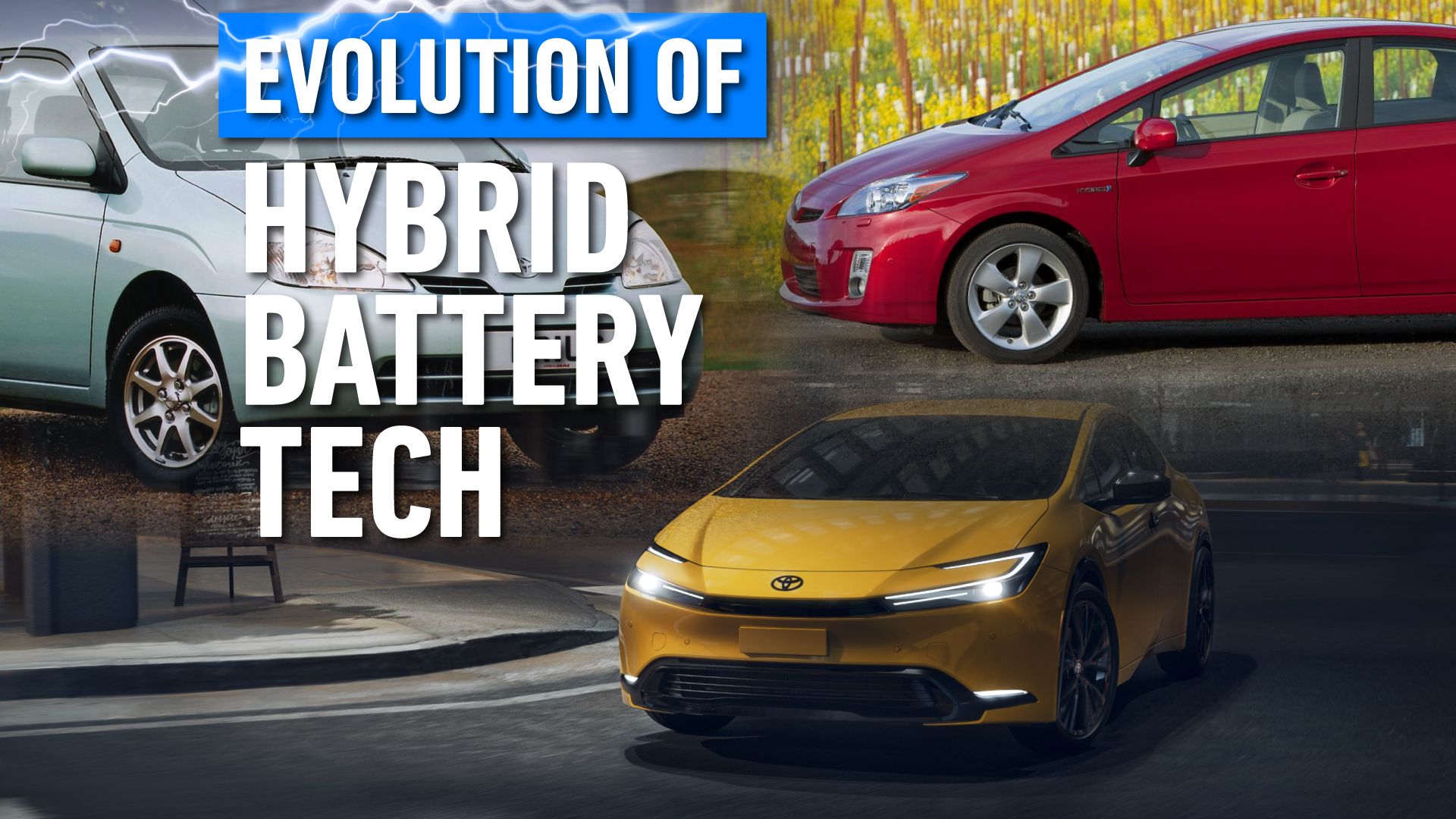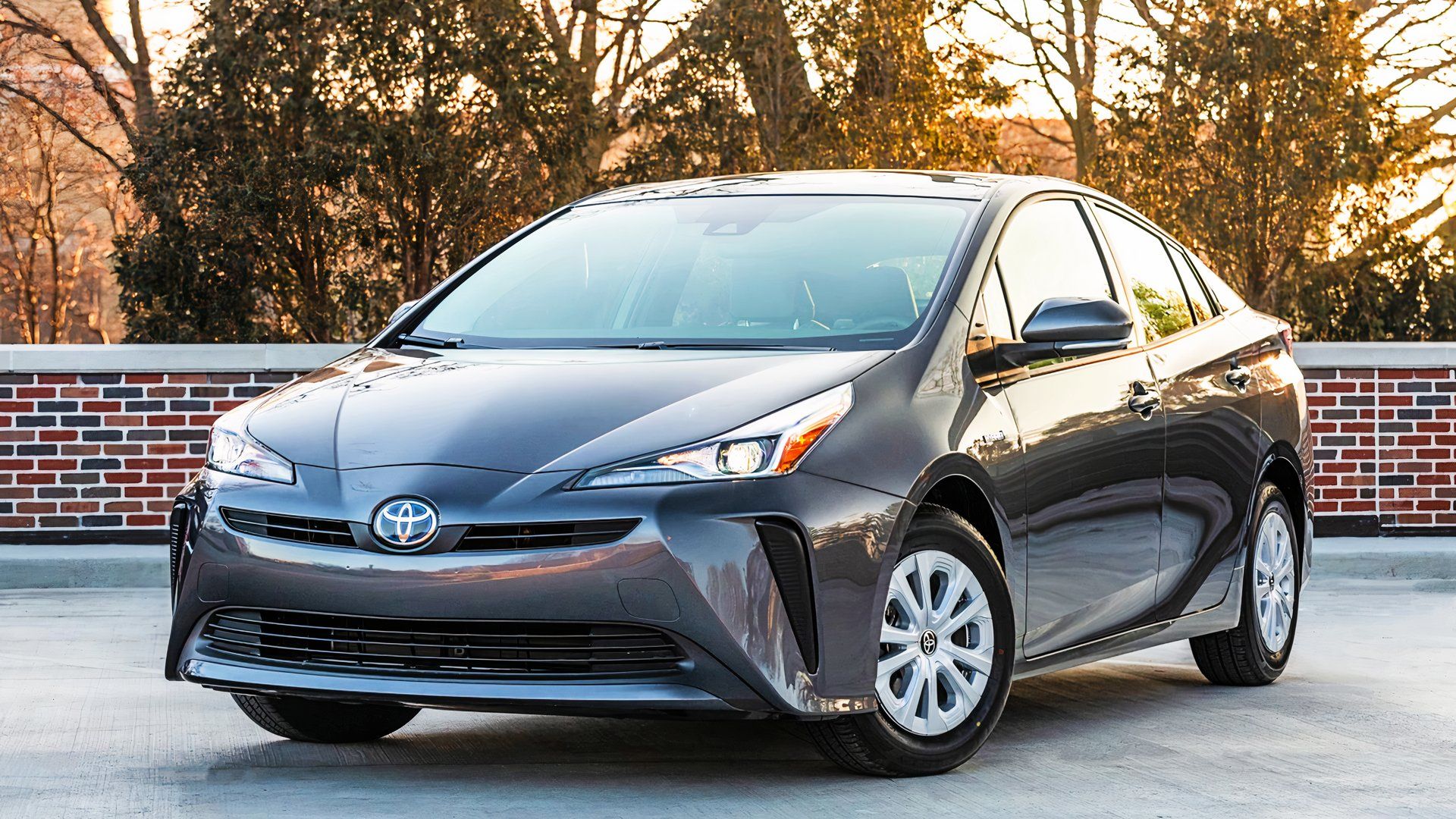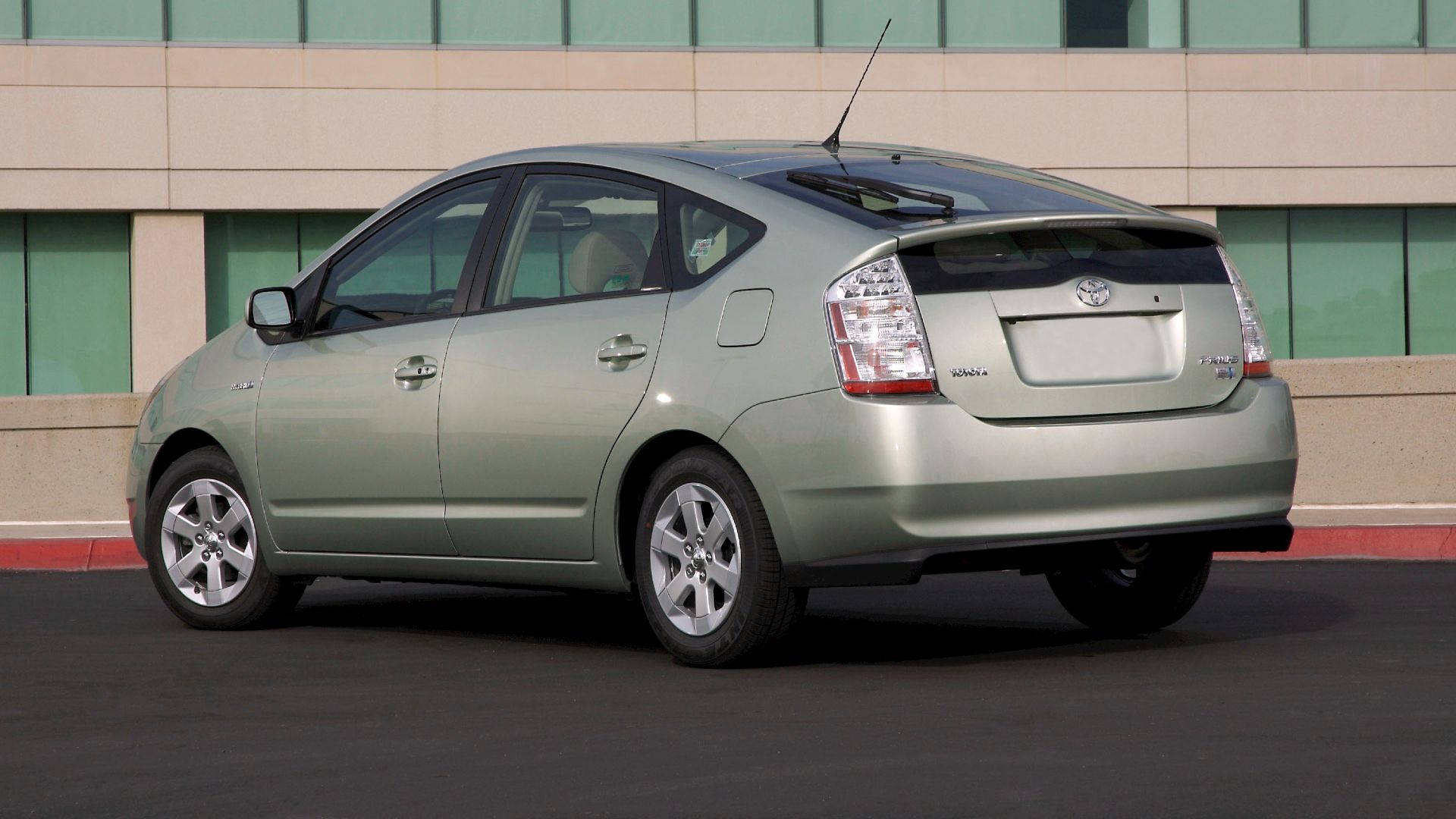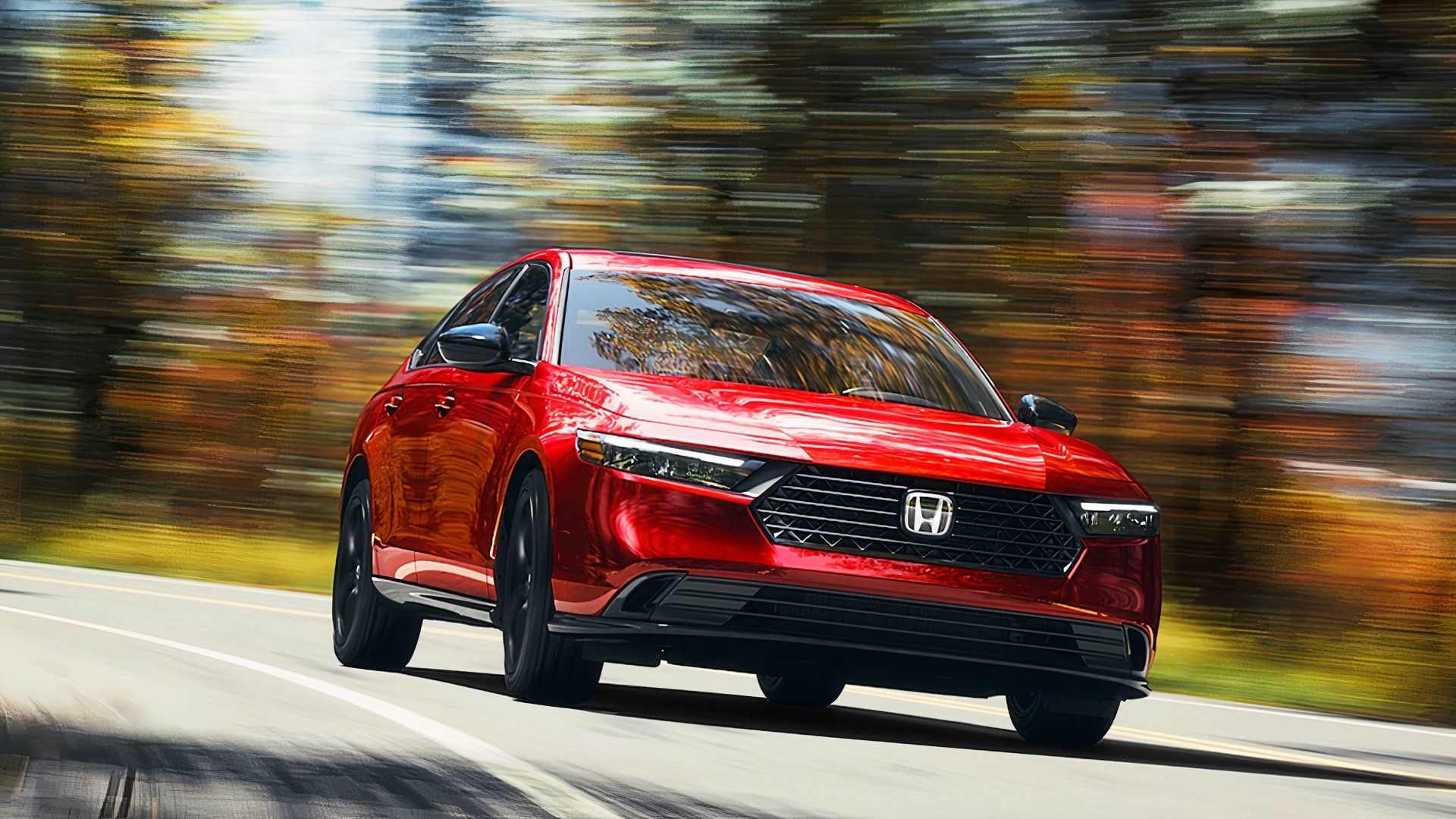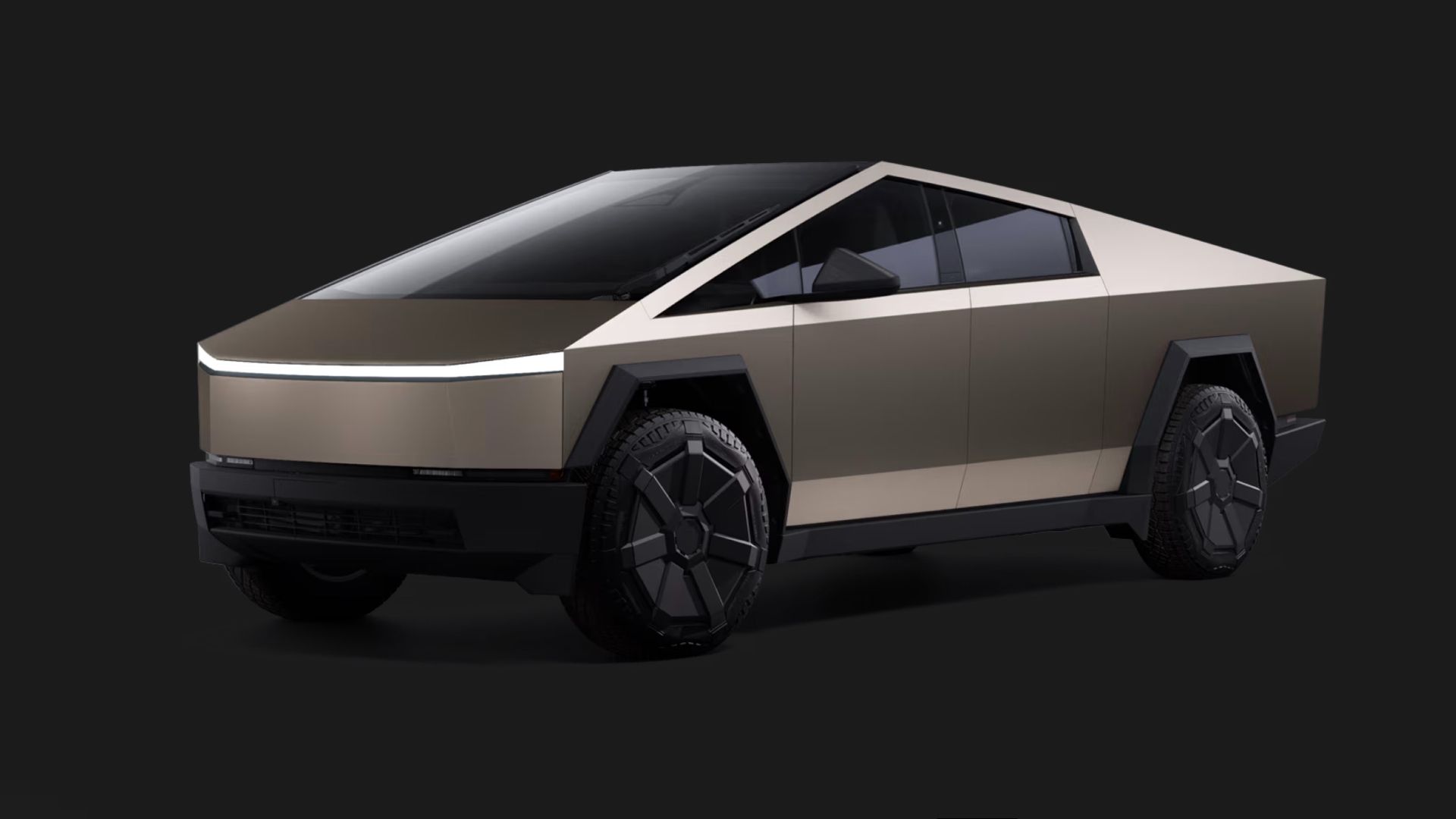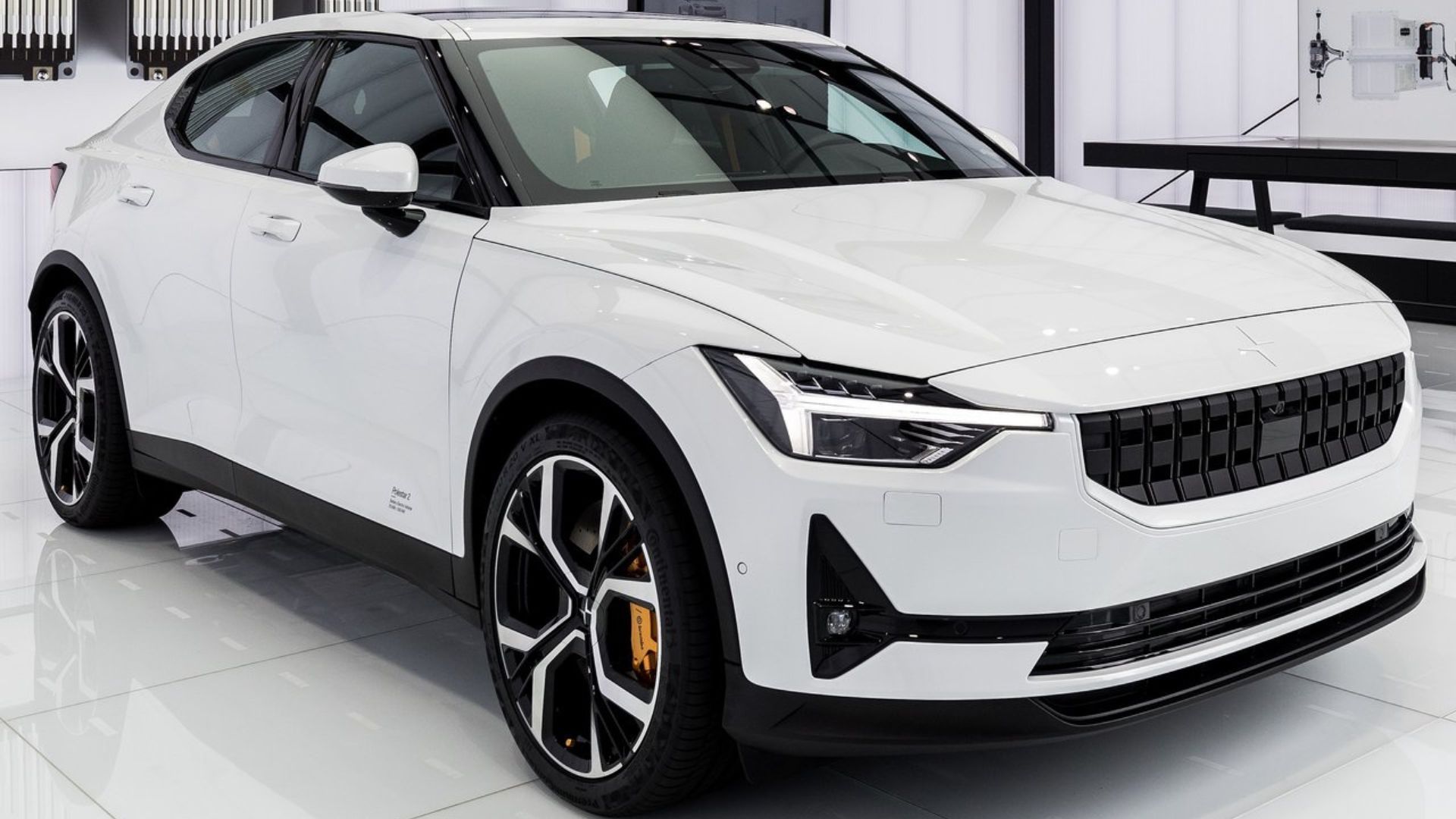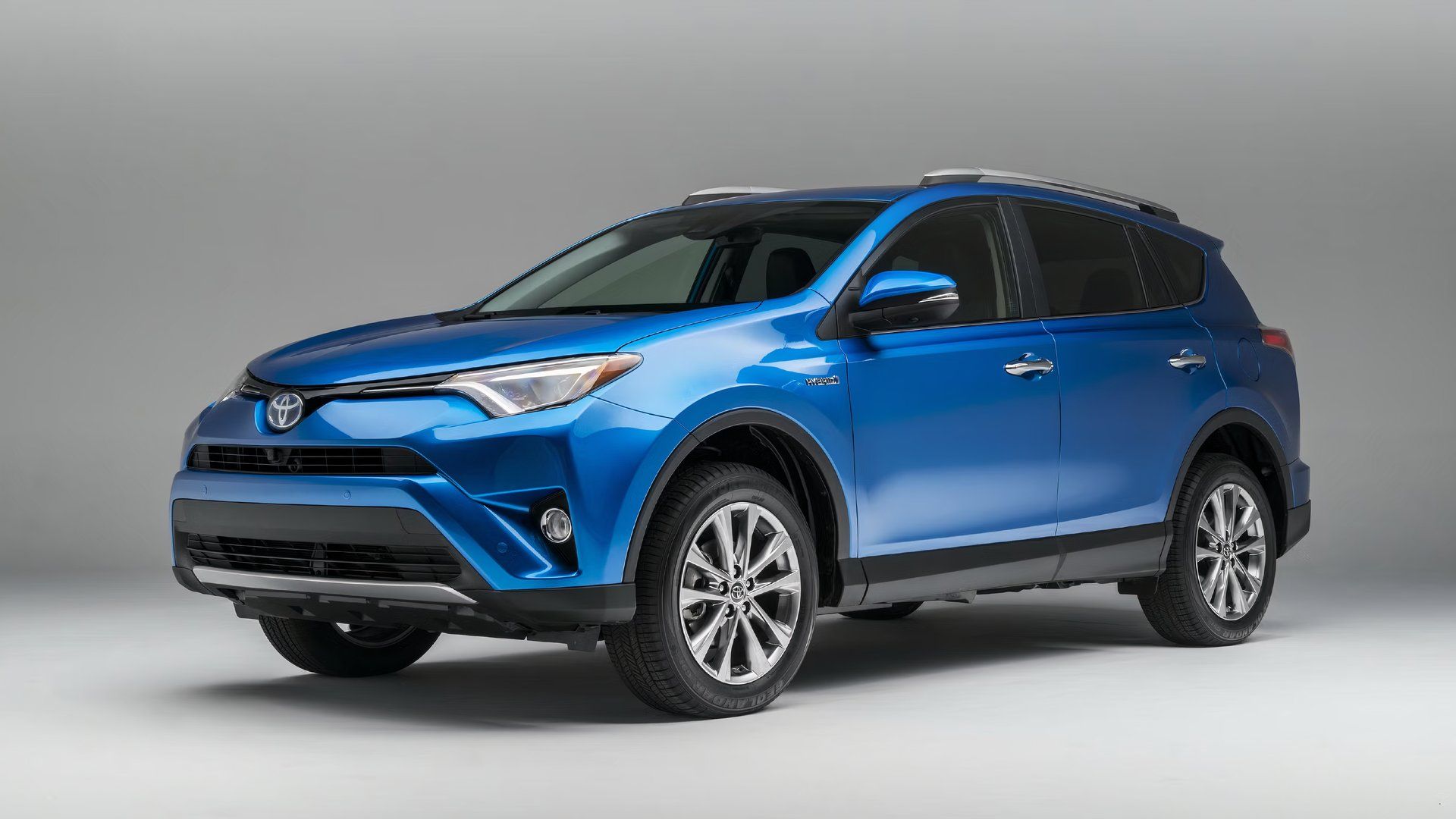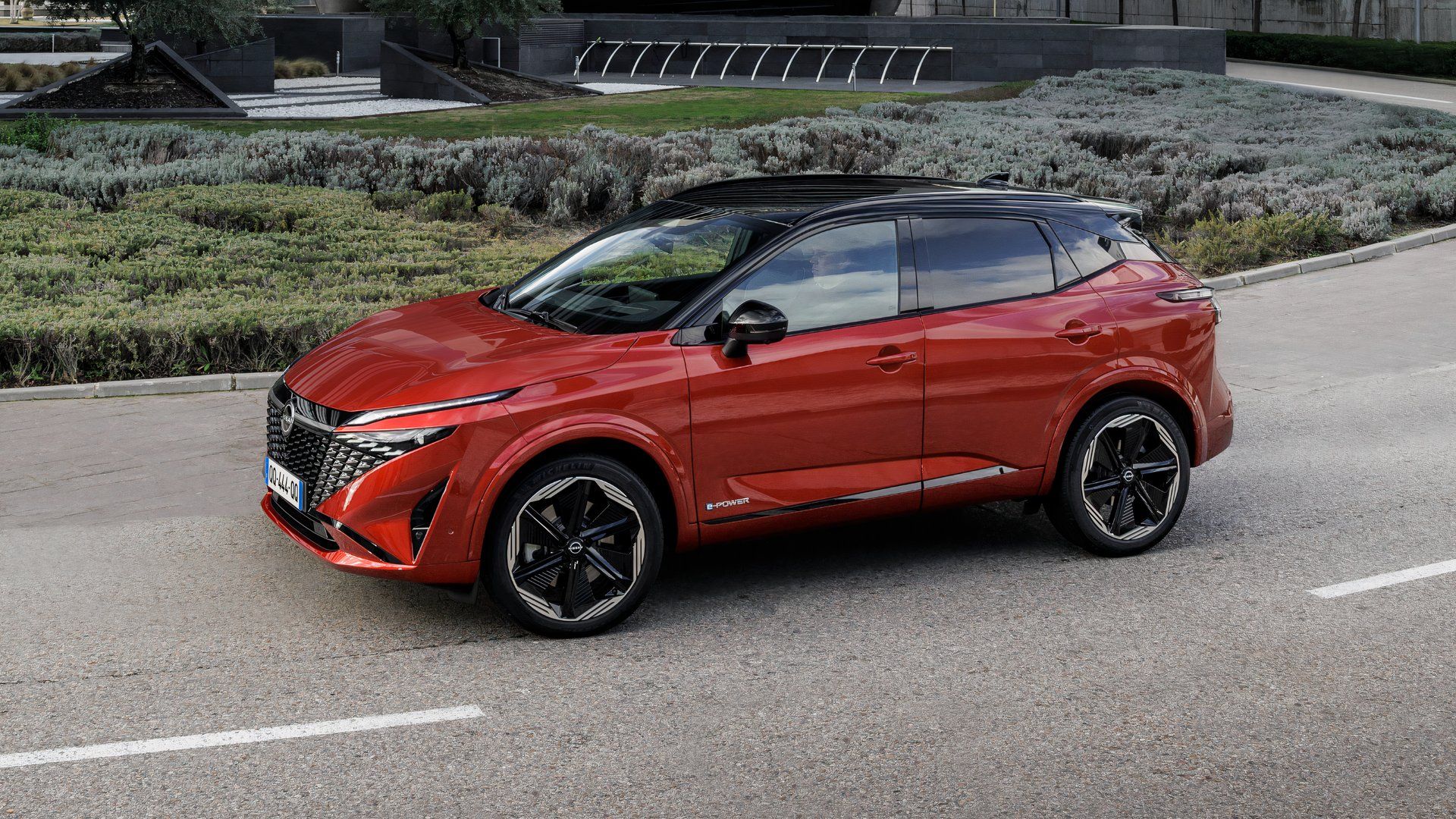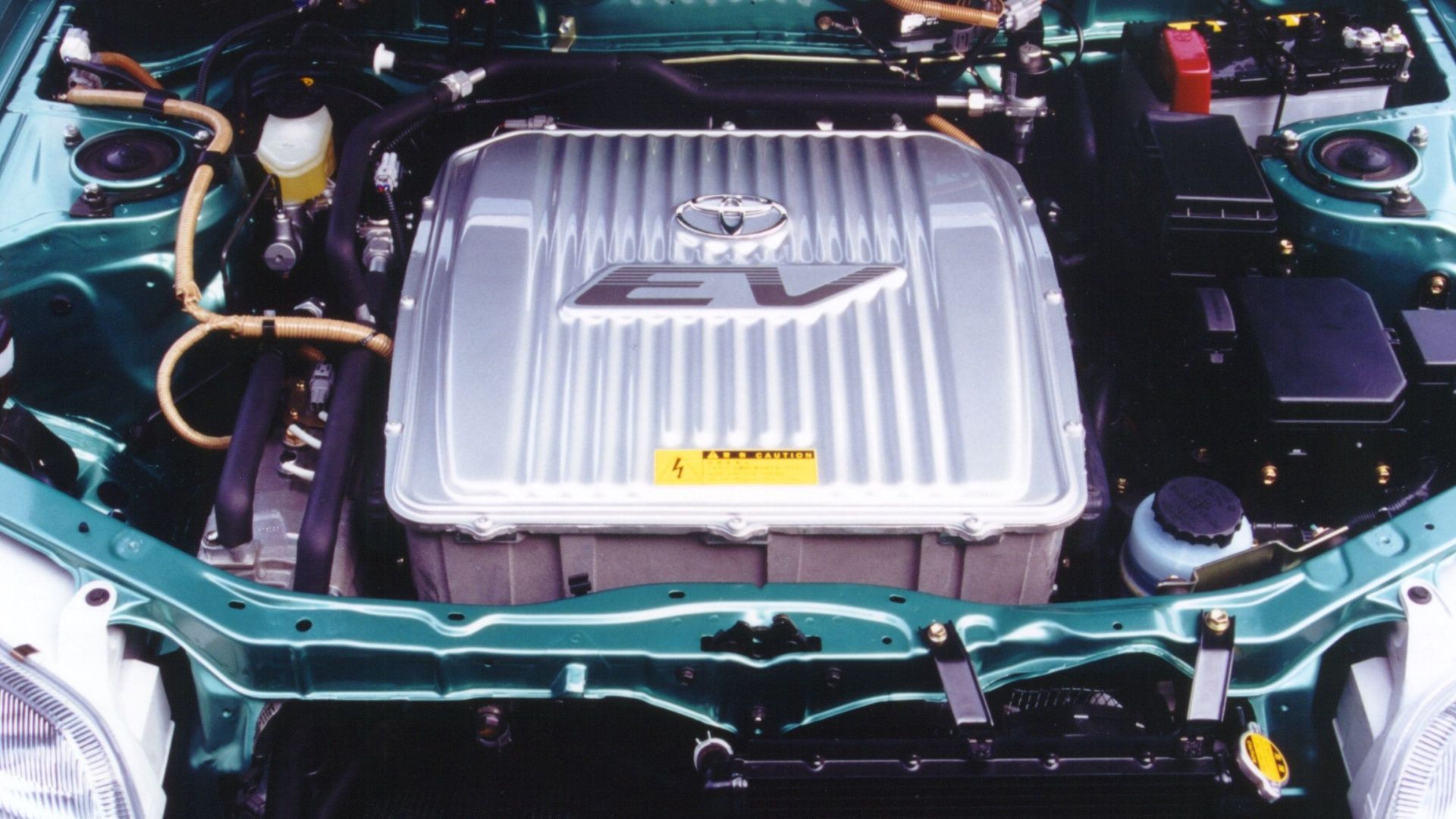Every hybrid car, like most EVs that have followed them, has two batteries. There’s the ordinary battery, which is the same as what will be found in any ICE car. It powers all the electrics. Then there is a much larger battery that actually powers the electric motor that drives the wheels. The standard-issue 12-volt batteries that provide power for things like headlights and stereos haven’t undergone any dramatic changes, but that’s because they have been around for at least a century.
However, hybrid cars have only been viable since the first Toyota Prius in 1997. (Automotive experts can pedantically point to numerous pre-Prius hybrids, but nobody ever bought those). In the years since
Toyota introduced the first successful hybrid
, two battery types have been used in succession.
In order to give you the most up-to-date and accurate information possible, the data used to compile this article was sourced from various manufacturer websites and other authoritative sources.
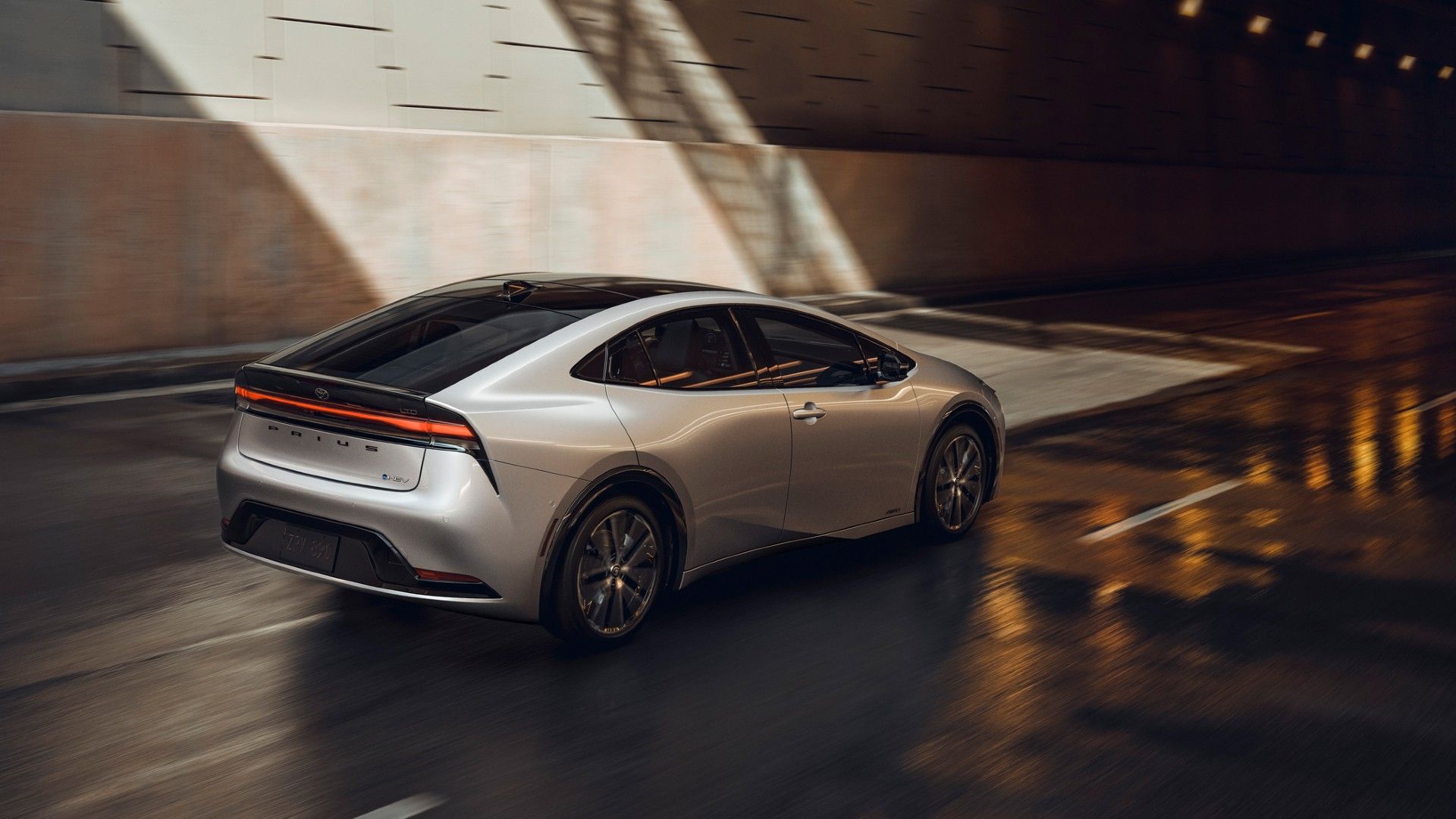
Related
Released in Japan in 1997, the Prius became the world’s first mass-produced hybrid electric vehicle, and it continues to live even today.
- These batteries are similar to nickel-cadmium batteries.
- Because they are rechargeable, they are often used instead of alkaline batteries.
- Their lower charge capacity and shorter lifespan have made them mostly obsolete in cars.
Nickel metal hydride batteries (NiMH or Ni-Mh for short) are similar to nickel-cadmium batteries. Like Ni-Cd batteries, they are interchangeable with alkaline batteries but offer the added advantage of rechargeability. Toyota redesigned NiMH batteries to be large enough to power actual cars instead of children’s toys and flashlights. This would parallel Toyota’s later (and so far fruitless) dabbling in solid-state batteries. In both cases, Toyota has been trying to take an existing type of battery and make it a lot larger.
NiMH Was The First Battery Installed In Hybrid Cars
NiMH batteries were installed in the first Toyota Prius, making them the first batteries ever to power a
mass-production hybrid car
. As already noted, people who own multiple coffee-table books about cars can doubtlessly point to various production hybrids that came before the Prius. But none of those cars ever turned a profit.
Although the Prius was a success, the NiMH batteries in it were at best a transitional technology. They were good enough to make hybrids viable, but not good enough to persuade Toyota (or anyone else who got in on hybrids after Toyota proved it could be done) to end battery research.
The Shortcomings Of NiMH
NiMH batteries are suitably resilient to the rough life of cars. They could endure multiple years of extreme temperatures and bumpy rides. However, they have lower charging capacities. Toyota (and other automakers using them) tends to only charge them to somewhere between 60- and 80-percent capacity.
Partially charging a battery may sound counterproductive. However, charging a battery to its full capacity dramatically shortens its lifespan. As a result, all electronics tend to falsely read “100% charged” when the battery isn’t. This allows the battery to stop charging at its recommended capacity and also prevents irate customers from complaining that “the battery isn’t charging right.” But even if cutting off the charger at 80% adds years to a battery’s life, automakers didn’t want 20-percent of the battery to essentially be dead weight.
Additionally, NiMH batteries don’t have as many years in them as other battery types. Many first-generation Priuses went to the wrecking yard at a relatively young age (well, young for a Toyota anyway) because the batteries were spent-out and the cost of replacement was too high.
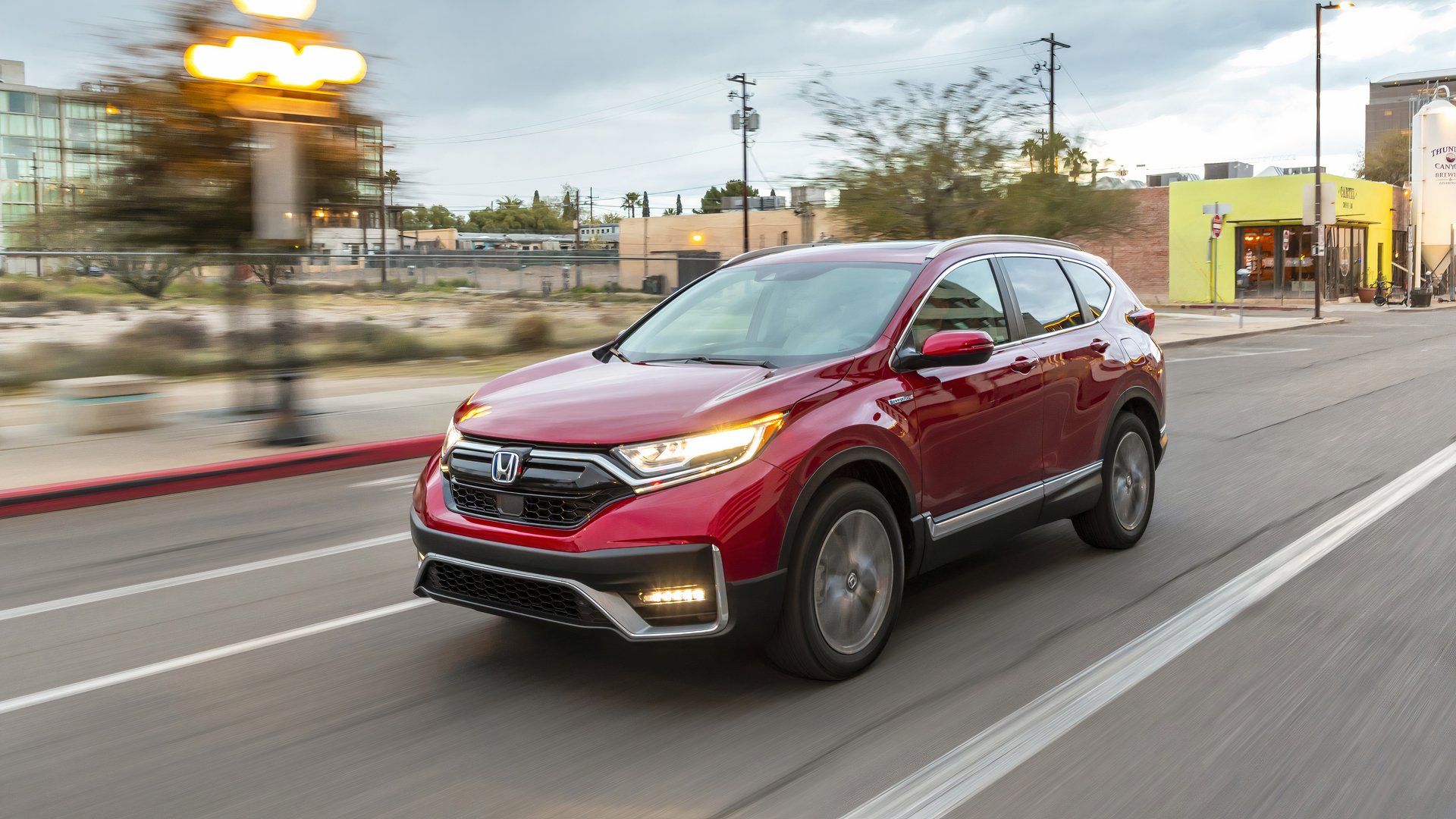
Related
Signs Your Hybrid Battery Needs Replacing (And, What It’ll Cost)
Replacing the battery in your hybrid is no small feat. Here’s what to look out for and what it’ll cost.
Lithium-Ion Batteries
- Lithium-ion batteries are now the standard for both hybrid and all-battery electric vehicles.
- Lithium-ion batteries have higher capacity and last longer.
Lithium-ion batteries have become omnipresent in recent years. They power everything from phones to whole-house power backup systems. Tesla was the first company to put lithium-ion batteries into EVs, thus launching the EV market. Lithium-ion batteries have spilled over from BEVs to hybrids because they work so much better. To be pedantically clear, “lithium-ion” does not refer to a single battery but a closely related family of them. However, from the perspective of the person in the driver’s seat, they are all the same.

Add TopSpeed to your Google News feed.
Lithium-Ion Batteries Are The Current Standard For EVs
Just like the 1997 Toyota Prius wasn’t the first production hybrid, the 2008 Tesla Roadster wasn’t the first production EV. (Indeed, EVs are nearly as old as the automobile itself.) But lithium-ion batteries made the Roadster the first EV that anyone actually bought. Every EV sold today has a lithium-ion battery (though some lucky drivers can lease a Nio ET7 with a semi-solid state battery instead).
Why Lithium-Ion Works So Much Better Than Anything Else
Lithium-ion batteries have a higher energy density than every other battery that has ever been put under an electric car. For those who have never heard the term, “energy density” means how much power a battery (or any other energy source) can store in any given space. For example, gasoline has a much higher energy density than firewood. This means that the gasoline tank under any car has the same amount of stored energy as a freight truck of wood.
Additionally, lithium-ion batteries are impressively long-lived, even when subjected to the miseries of a life spent outdoors. Most modern-day EV batteries last 8–10 years unless something goes very wrong. Lastly, lithium-ion batteries can be charged to about 95-percent of their full capacity without damage. This means that, unlike NiMH batteries, only about five-percent of a lithium-ion battery is dead weight under the car.
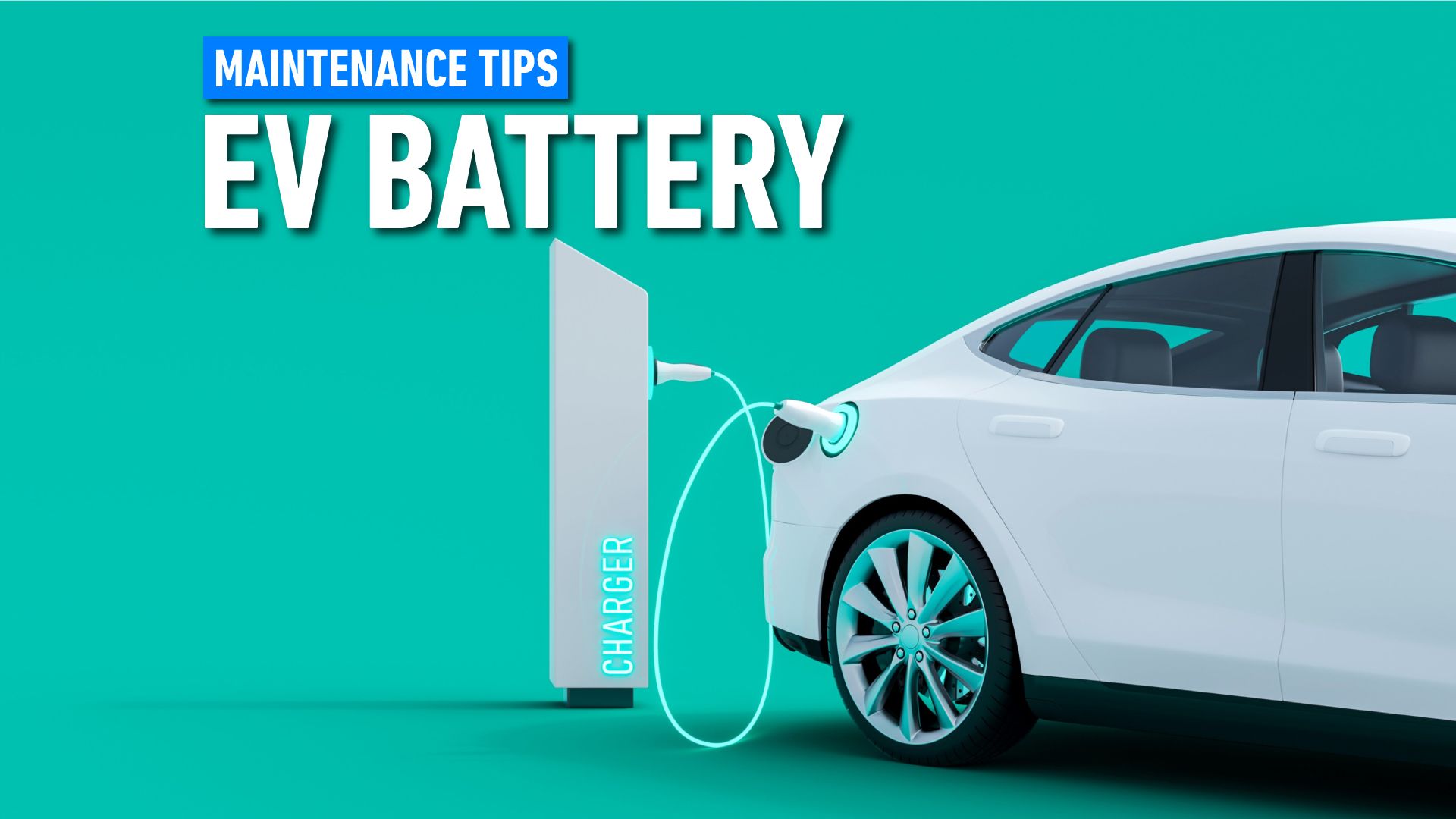
Related
10 EV Battery Maintenance Tips
Ensure you get the most out of your EV battery with these ten maintenance tips that anyone can do.
Hybrid Batteries May Change Along With EVs
Of course, two battery types make for a short evolutionary line. But, as far as most people are concerned, the history of hybrid cars started in 1997. Other battery types may have been used in pre-Prius hybrids, but they (and the cars they were in) were technological non-starters.
Stepping back from hybrids and looking at the larger world of electrified vehicles, batteries were the main reason no one ever bought one before the first Tesla. They either didn’t hold enough charge, or they were spent out after a few short years, or they couldn’t survive heat waves or deep freezes. Even General Motors’ legendary EV1 barely had enough range to survive a trip to the drive-thru.
Hybrids Ask Less Of The Battery, Which Is Why Battery Research Was More Slower-Paced Than It Is For BEVs
It should also be noted that hybrids ask a lot less of the battery than battery-powered EVs do. The battery is recharged while driving, rather than being the sole source of power for every single commute. For this reason, a well-maintained hybrid with a spent-out battery isn’t as useless as a BEV that can’t hold a charge. This is why NiMH batteries were perfectly acceptable for hybrids despite their inherent shortcomings. Even with their relatively low capacities (when compared to lithium-ion batteries), NiMH batteries still allow hybrid owners to save at the fuel pump.
EV Battery Research May Spill Over Into Hybrids
Battery research isn’t particularly urgent for hybrids. After all, a hybrid with a dead battery is still a perfectly functional ICE car. Nevertheless, they may benefit from the explosion of battery development that has accompanied the rise of EVs. Toyota, the company that gave hybrids to the world, has been relentlessly working on solid-state EV batteries (even though the slow pace of progress has driven many observers to madness).
Another type of battery that has recently gotten attention stores energy in carbon fibers, allowing it to double as car frame members. These are called “structural batteries” or “massless batteries.” (In this case, the word “massless” because they don’t add mass to the car frame but instead make up the frame itself.) Indeed, many other battery types are currently being studied as possible replacements for lithium-ion. Any of them could also find future homes in hybrid cars, too.
